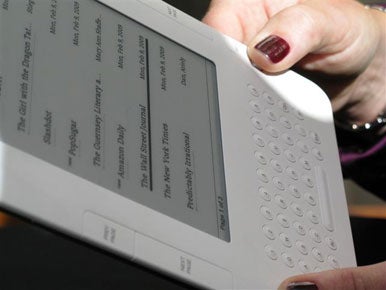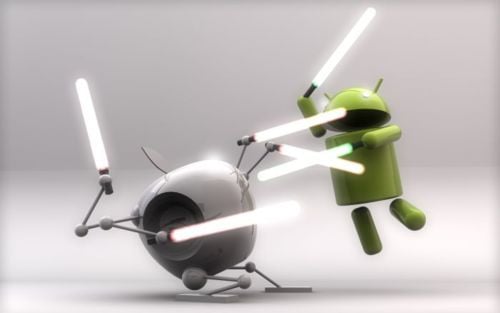Buying a power supply can be a daunting task for many PC builders, the prices and rated capabilities range widely and there is little in comparable specifications. To make matters worse the power supply doesn’t affect performance in any direct way. Buying a $200 dollar power supply won’t make your computer run any faster compared to a $50 dollar supply, this leaves people with the unfortunate task of trying to not spend more money than they need to, as this money could be better spent on other components, but at the same time not buying a power supply that will underperform.
Brand is Key










